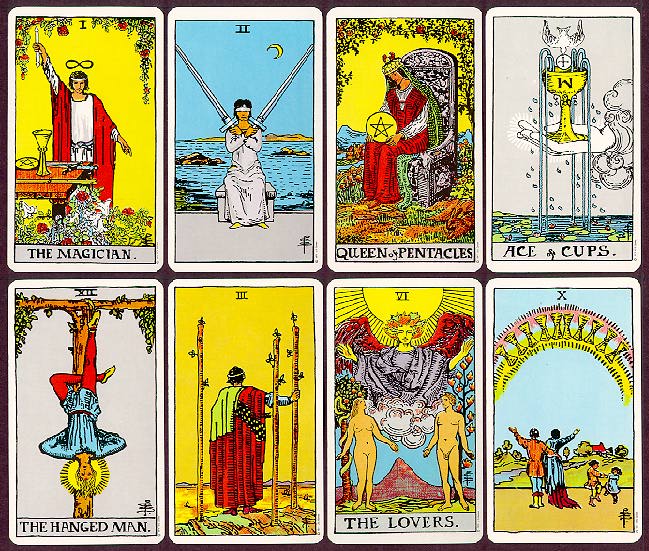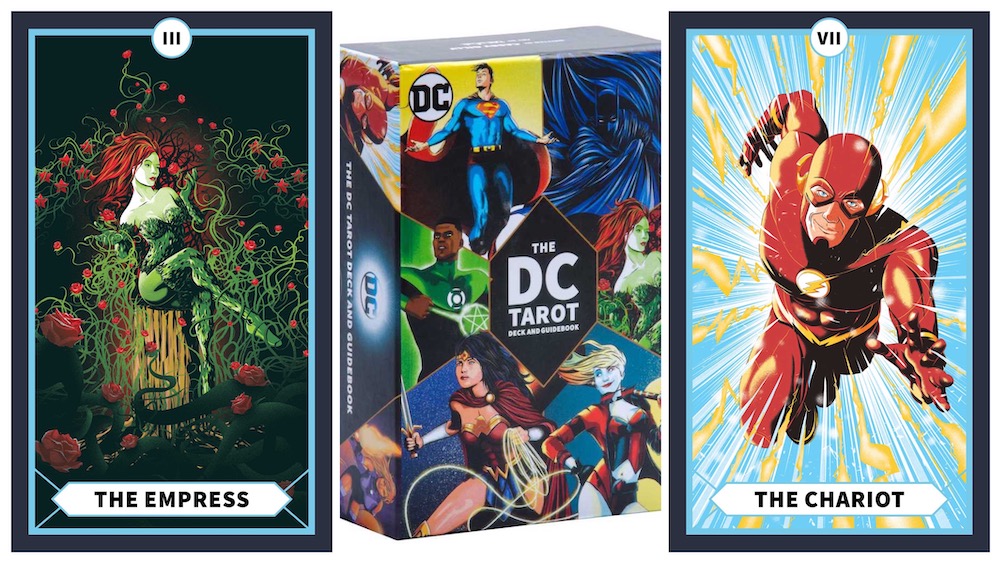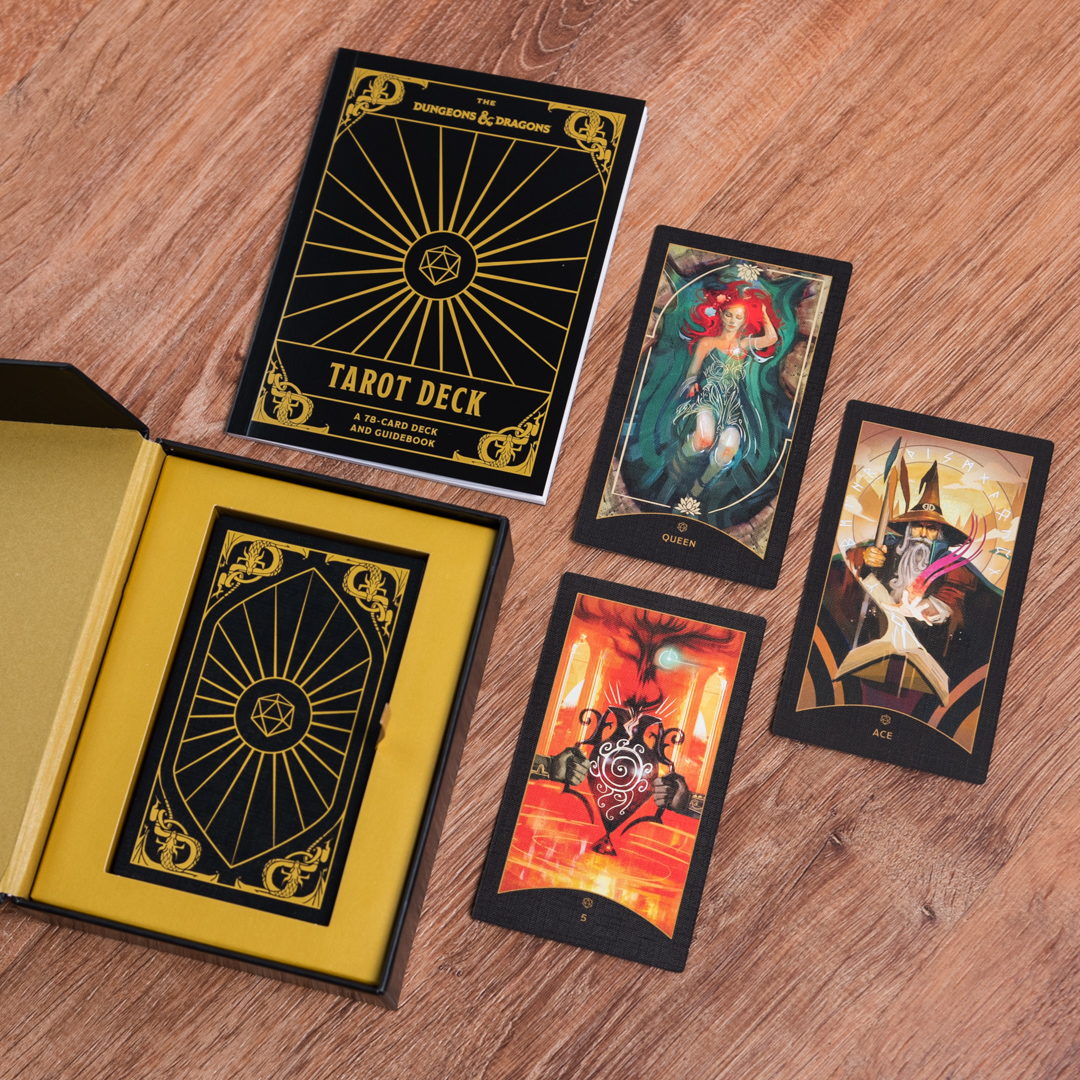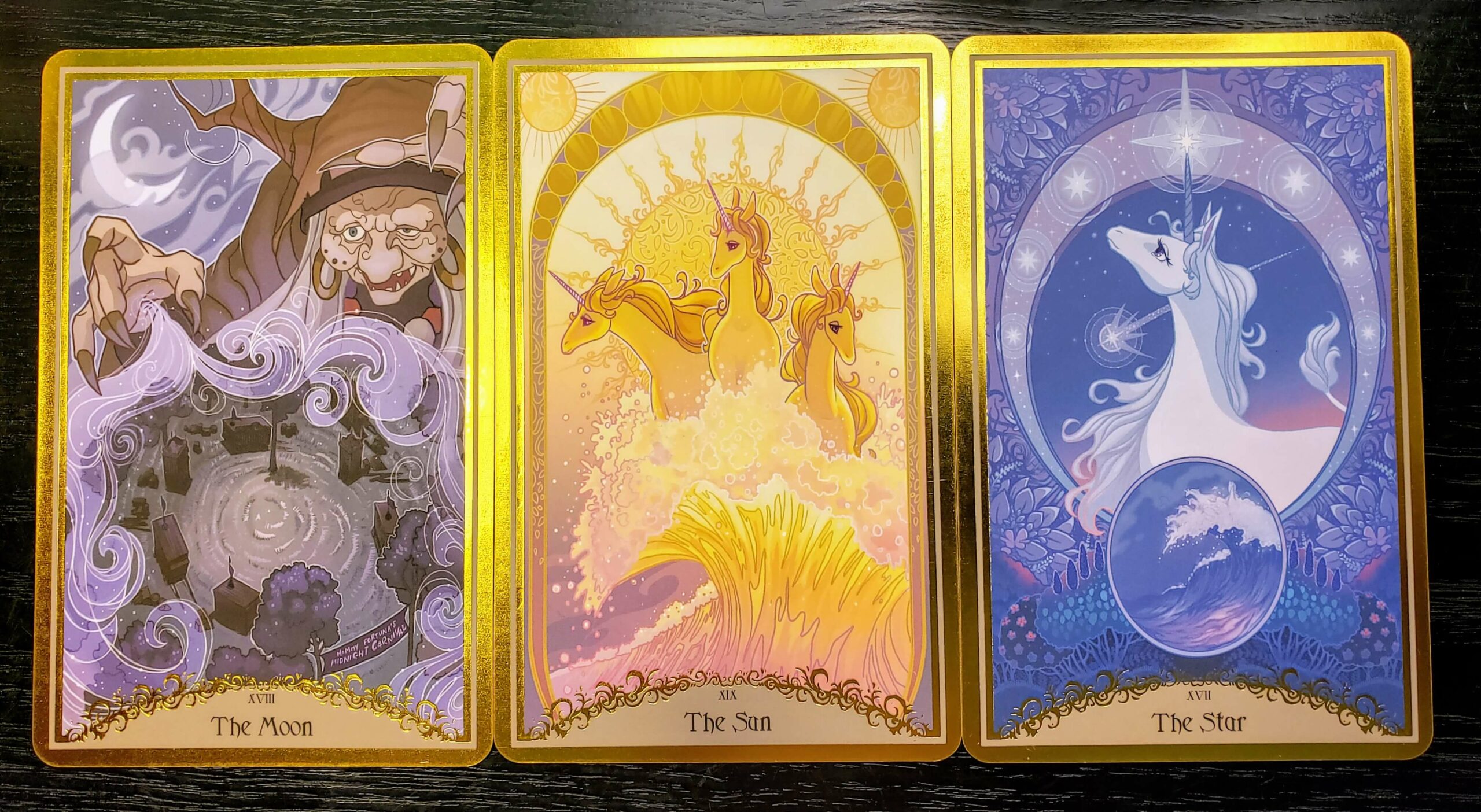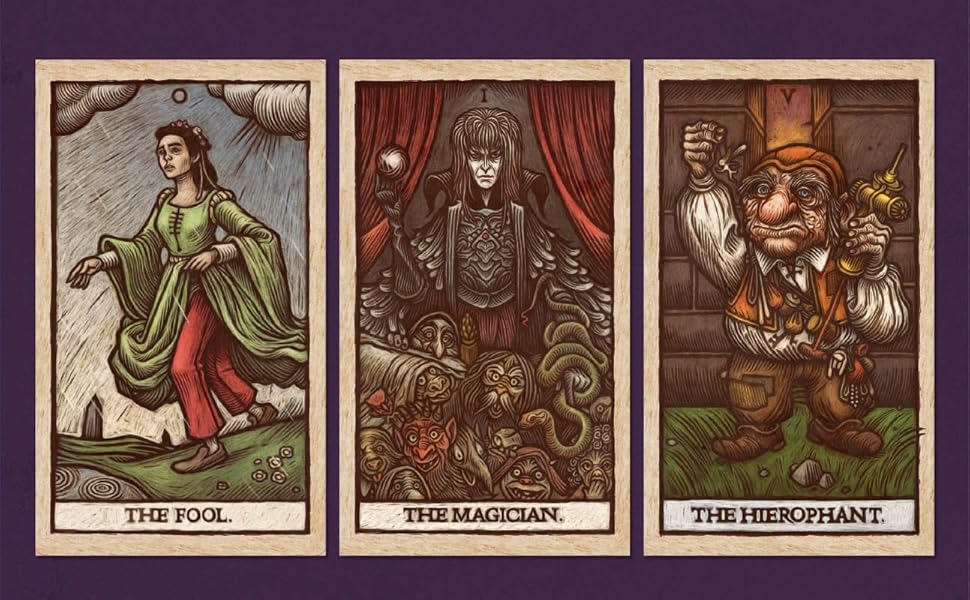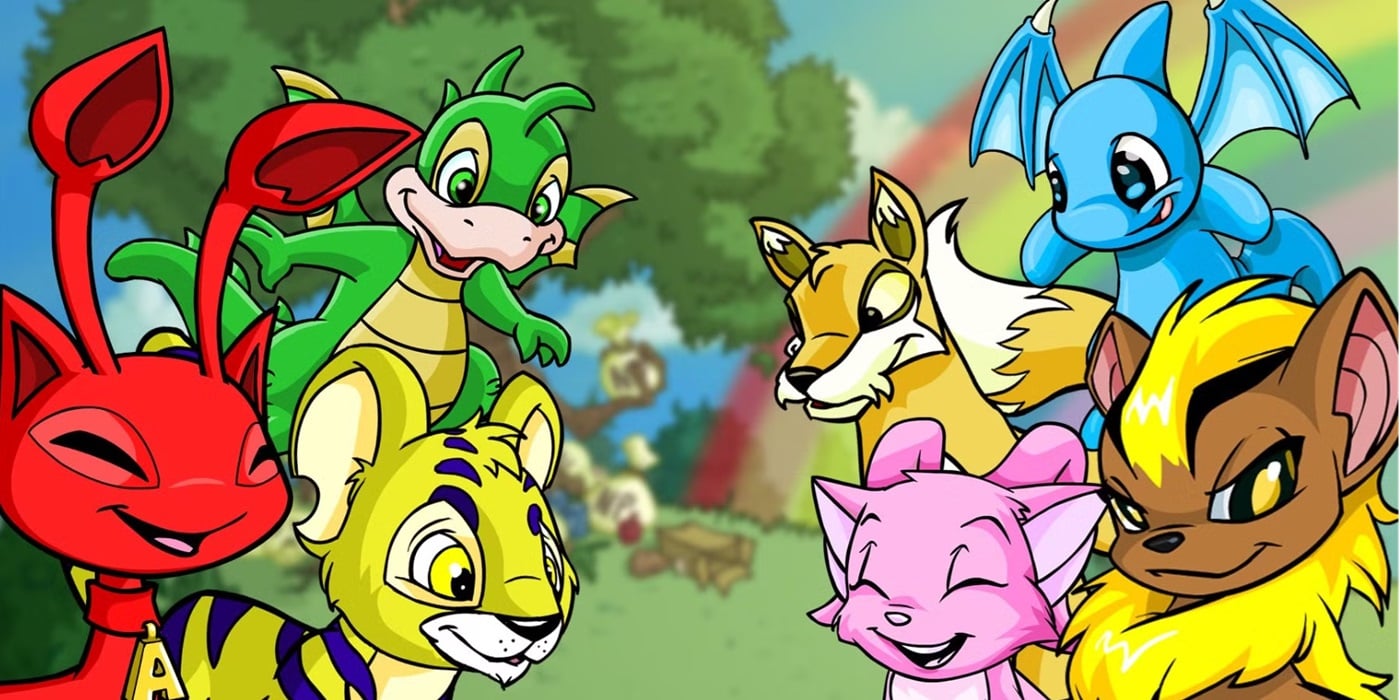From Reading The Future To RPGs, Tarot Is Everywhere Right Now
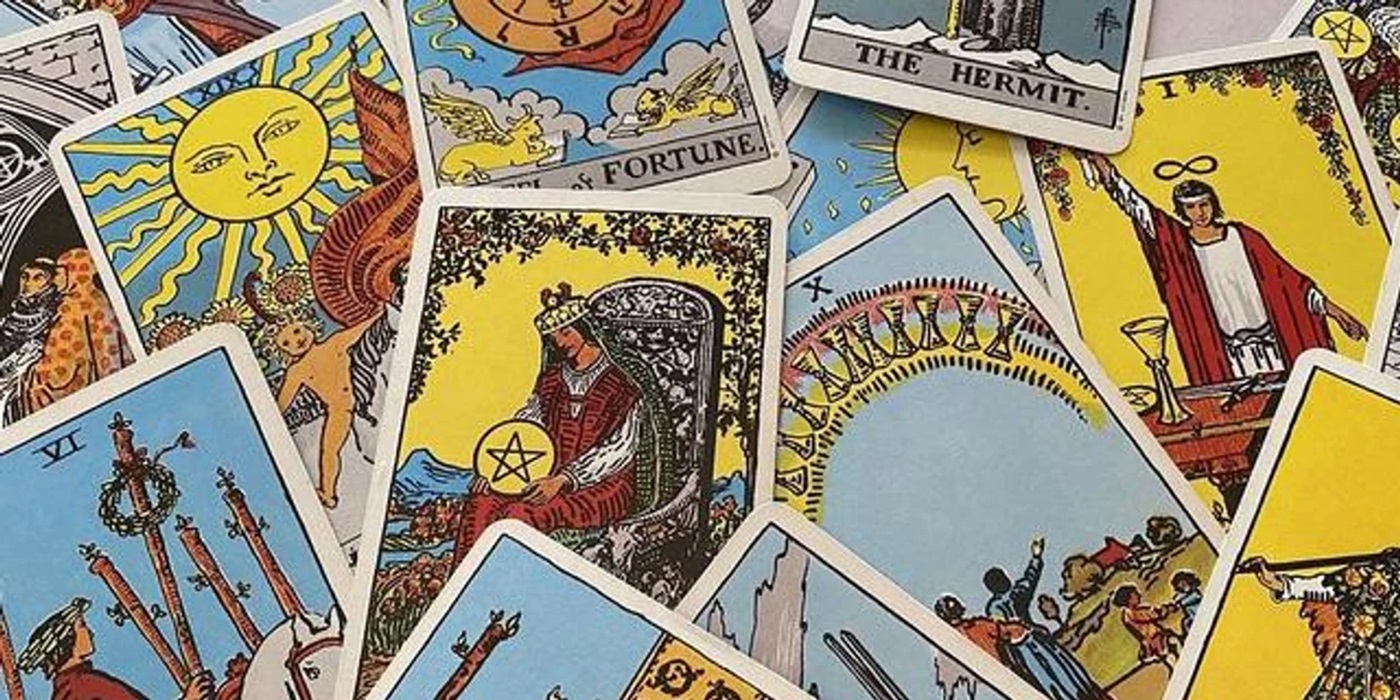
From fortune telling, to tabletop RPGs and even the MCU with Agatha All Along‘s Lilia, Tarot has been all over the place recently.
Whether you’ve been browsing Tik Tok, keeping up with the latest MCU shows, or just checking out the latest tabletop RPGs on Kickstarter, you’ve probably seen Tarot pop up at least a few times. But what are these cards? Are they actually mystical ways to tell your future? Or just a fun way to pass some time?
History of Tarot
Originating in the mid-fifteenth century in Italy as games such as Tarocchini, tarot has a history that’s long and old… But maybe not as ancient as you would think. As a game it spread through Europe, changing subtly along the way as different countries and cultures put their own spin on the cards. And by the eighteenth century, French occultists were making up elaborate but false claims about the history and meaning of tarot cards. And so, decks meant for divination came to be.
Early decks were hand-painted, so few existed let alone survived to the modern day. And it wasn’t until the invention of the printing press that mass production became possible. This hand-painted nature also made for a lot of variety in the art and style of cards. This is a pretty common theme to this day.
The word ‘tarot’ was mostly likely derived from the Italian name of the game, Tarocchi. This could have been used to mean “foolish” or indicate something had been forged or faked. Which all makes sense when you remember that this had started as a light-hearted card game.
READ MORE: “I’m the Avatar & You Gotta Deal With It!” Avatar Korra Explainer
Reading Modern Day Tarot
Since its origin, the concept of tarot has changed from a game to a divination device. This is done by shuffling a deck, laying out cards in a specific design, and reading the meaning.
It looks very complex and mystical, but in reality it’s fairly structured and follows a set of rules. When cards are laid out in a specific pattern, each spot has a different meaning. Similarly, each card has a unique primary meaning and a reverse meaning. This is to say that if a given card shows up right-side-up it will have one interpretation, but if its presented upside-down, it will have a different one. These reverse meanings are usually “similar but different” or “related but opposite” kind of readings and don’t tend to go completely off in their own direction.
Major and Minor Arcanas
In general, tarot cards are split into two types, the major and minor arcanas.
The major arcana are likely the cards you think of when you picture ‘tarot cards.’ These are the first twenty-two cards in the deck numbered from zero to twenty-one, and have big, specific imagery such as the “High Priestess” or “The Moon.” Some people associate these cards more with big-picture topics.
The minor arcana consists of the other fifty-six cards. They more closely align with and resemble regular playing cards and call into categories. For example, there are standardly wands, swords, cups, and pentacles which correlate to the clubs, spades, hearts, and diamonds. Each of these suits has numbers two through ten, a page, knight, queen, king, and ace.
From there it’s easy to get caught up in the minor details and symbolism of each suit and number. But similarly to the majors cards, each has its own meaning. Some people more associate the minor arcana with day-to-day issues.
Someone can read the major and minor decks separately, or shuffle them all together and read the whole deck.
Tarot in Tabletop RPGs
Curse of Strahd introduced and included the ‘Tarokka Deck’, which is essentially a tarot deck meant to propel the themes of the adventure more than predict the future. But there are a number of tabletop RPGs that utilize tarot as a key part of the entire game.
Anamnesis is a solo-journaling RPG about memory loss where players must pull tarot cards and write down what they do (or don’t) remember.
City of Light tells the tales of occultists in 1890 Paris and uses tarot-based mechanics.
Liminal is a horror journaling tabletop RPG using tarot.
But there is a nearly countless number of other RPGs that either utilize some form of card-based-divination or actual tarot cards in their mechanics.
What Came First, Playing Cards or Tarot?
Playing cards, by a lot. Playing cards were in China as early as 1000 AD and made it to Europe by the mid 1300s. Tarot didn’t begin to show up for at least another hundred years. And tarot started as a game of playing cards.
Is Tarot Accurate?
Like most forms of future telling or divination, tarot readings can be very open to interpretation. Cards aren’t specific to the point of giving detailed answers or step-by-step directions. But someone looking for general guidance with an open mind will likely find something meaningful or helpful in the reading.
Do You Pronounce The Second ‘T’?
While the game that inspired it was Italian, the word ‘tarot’ came from sixteenth-century France, and has a more French pronunciation. So no, the second ‘t’ is silent. That said, if you pronounce every letter while you’re out looking for your own deck, the salesperson will definitely know what you’re looking for.
Happy adventuring!

